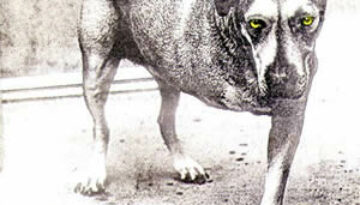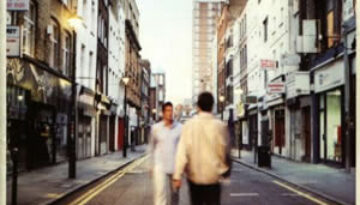Balance by Van Halen
Buy Balance There is no doubt that the decade-long Sammy Hagar experiment had run its course by the time Van Halen had gotten to their tenth studio album (the fourth with Hagar), Balance. […]

Buy Balance There is no doubt that the decade-long Sammy Hagar experiment had run its course by the time Van Halen had gotten to their tenth studio album (the fourth with Hagar), Balance. […]

Buy Alice In Chains Alice in Chains took a whole bunch of personal turmoil and spun it into a fine album with their 1995 self-titled release. Informally referred to as “The Dog Record”, […]

Buy (What’s the Story) Morning Glory? The second blow of the potent 1-2 punch by Oasis at the start of their career was the 1995 album (What’s the Story) Morning Glory?, which fully […]